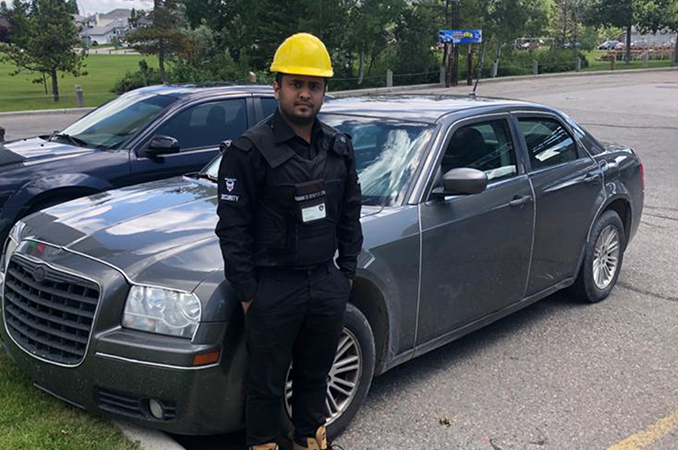How Regional Authorities Shaped Eastern Christian Identity
페이지 정보
작성자 Javier 작성일 25-09-14 11:07 조회 4 댓글 0본문
Throughout the history of Eastern Christianity regional elites have been instrumental in shaping religious institutions, cultural identity, and political dynamics. Whereas the Latin Church operated under a unified hierarchy Eastern Christian communities often grew within the orbit of multiple imperial and tribal authorities, which enabled provincial figures to shape doctrine and practice over ecclesiastical life. Key figures comprised bishops, monastic founders, noble families, and imperial officials who were intimately tied to their communities yet linked to the wider patristic heritage.
As seen in the Eastern Roman Empire the patriarchs of Constantinople were both religious guides and political figures but also imperial intermediaries whose authority was intertwined with the emperor’s court. Even under tight imperial control regional bishops in places like Antioch, Alexandria, and Jerusalem preserved unique worship traditions theological emphases and site (www.busungbio.co.kr) ecclesiastical independence. Derived largely from their control over sacred sites, extensive landholdings, and the loyalty of local populations who regarded them as custodians of orthodoxy.
Within the Orthodox Slavic spheres regional elites emerged following the baptism of Rus and the conversion of the Balkans. Princes and nobles who converted to Orthodoxy became patrons of churches and monasteries, supporting scribal schools, building monastic complexes, and installing loyal clergy. In Serbia, the Nemanjić dynasty cultivated a close alliance with the Greek Orthodox Church while simultaneously asserting their own spiritual authority by establishing autocephalous churches. In analogous fashion, Georgia royal families canonized regional martyrs and institutionalized Georgian as the sacred tongue to distinguish their religious identity both Byzantine and Persian influences.
During the centuries of Turkish dominion the millet system granted religious leaders administrative control over Christian communities, turning patriarchs into de facto political representatives. The structure enabled certain regional elites to act as bridges between church and sultan, often safeguarding vernaculars, schools, and traditions. The Patriarch of Constantinople gained extensive power spanning multiple provinces, but diocesan leaders across the eastern provinces still held sway over day to day religious life and community affairs.
Following the collapse of imperial structures and the emergence of modern states regional elites continued to influence Eastern Christianity. In modern times national churches often echo ancestral power structures, with bishops chosen not only for theological insight but also for their ability to navigate political and cultural landscapes. The ongoing friction between universal church governance and local traditions persist, especially in the face of globalization and migration, as local communities seek to preserve their unique traditions while staying connected to the broader Orthodox communion.
These regional elites were not merely passive recipients of doctrine; they were active interpreters, translators, and defenders of faith. Their legacies are visible in the diversity of liturgical languages, the abundance of indigenous holy figures, and the rich mosaic of Eastern Christian practice today. Understanding their role helps explain why Eastern Christianity is not a monolithic institution but a vibrant quilt stitched from diverse spiritual traditions and timeless communal piety.

- 이전글 9 Lessons Your Parents Teach You About Mobile Locksmith For Cars
- 다음글 The 10 Most Terrifying Things About Locksmith Car
댓글목록 0
등록된 댓글이 없습니다.
